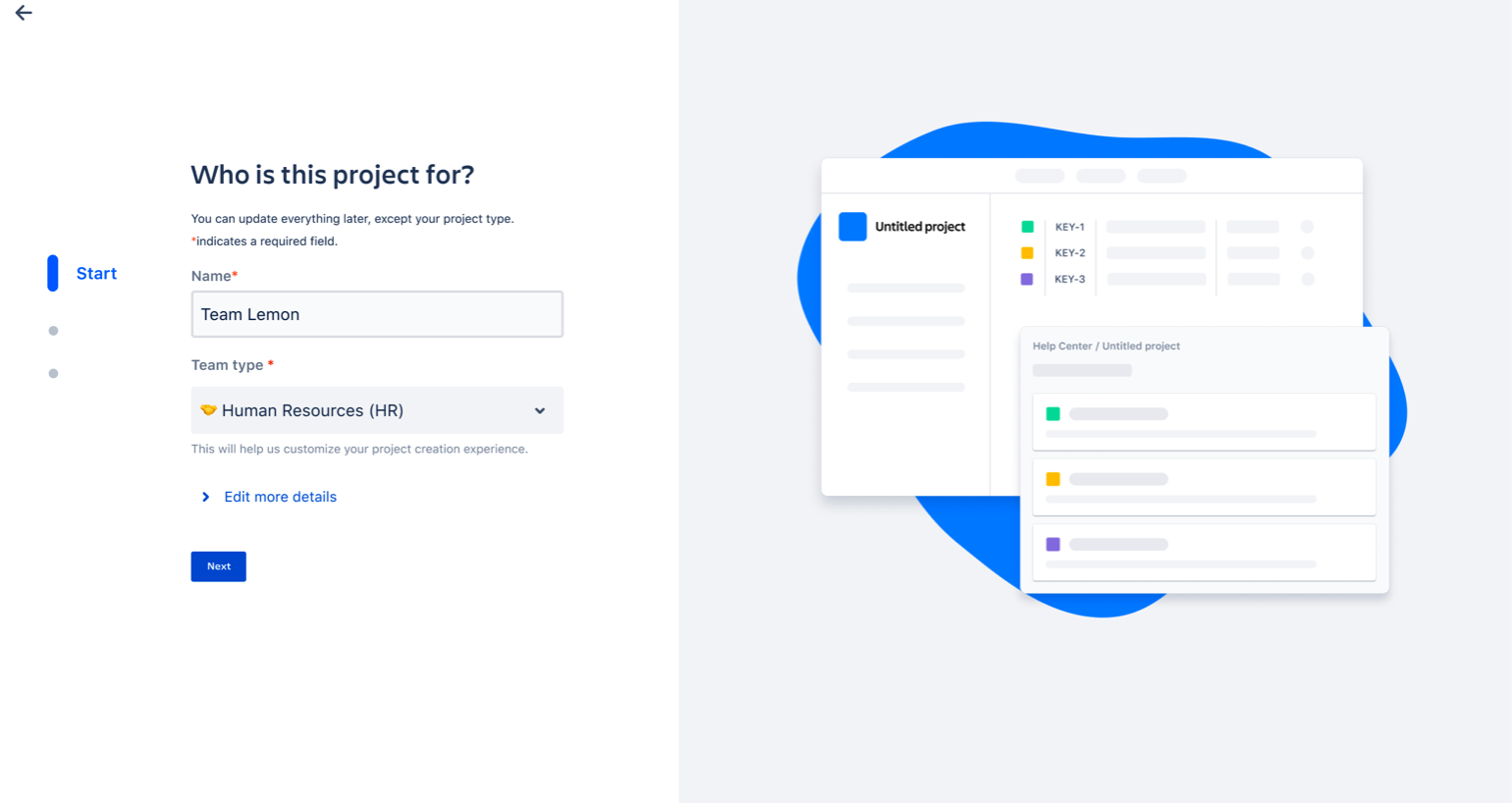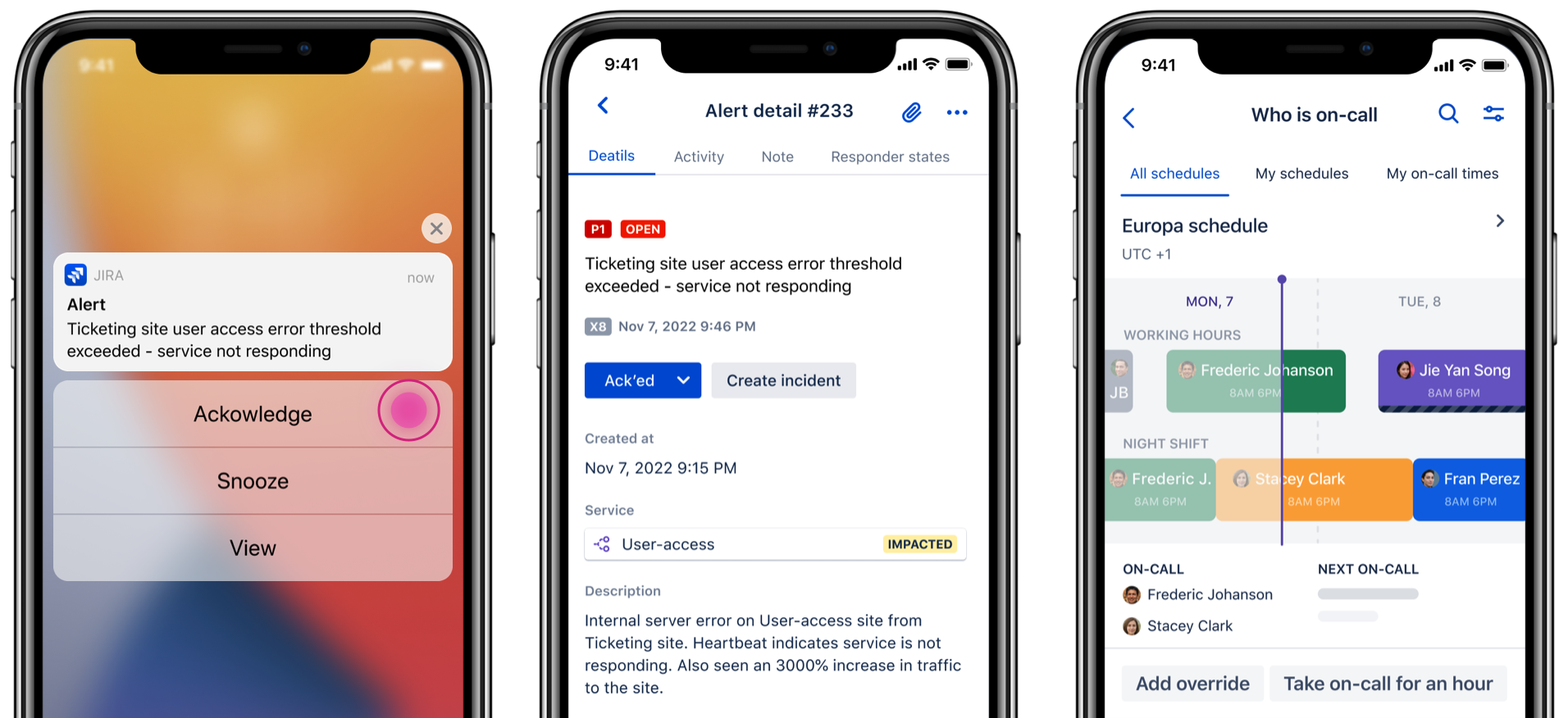Infrastructure and Operations (I&O) leaders are feeling the heat. As if already complex cloud systems and distributed teams didn’t present enough challenges, growing economic uncertainty has brought additional scrutiny to budgets and investments. When it comes to service management, there’s good reason for this scrutiny. In their 2022 Buyer’s Guide for ITSM Platforms, Gartner® found that “Eight out of 10 organizations overspend on their ITSM platform subscription by half of the contract value because they purchase functions that do not get fully used.”1
Sound familiar? We hear it all the time from customers switching to Jira Service Management from legacy solutions – so much so that we have a new name for it: “Bad Service Management”, or BSM for short. From bloated licensing bills to sluggish implementation times and never-ending maintenance work, we know enterprises are struggling to see a return on their investment from solutions like ServiceNow and BMC.
That’s why today at High-Velocity ITSM, our annual event for service management professionals, we unveiled a host of new features to deliver optimal value fast while connecting modern support and operations teams like no other company can. In addition, we’re announcing new incentives for enterprise and SMB teams to kick BSM to the curb for good.
Below, you’ll find an overview of announcements made on the main stage. See all announcements in our Community Post here.
Empowering modern, autonomous support teams
As enterprises look to support remote or hybrid workforces, support teams are tackling more requests than ever. While traditional ITSM solutions force a “central command-and-control” approach to service delivery, Atlassian enables autonomy so business teams can build and refine services they deliver to other employees – including self-serve options to help employees resolve issues for themselves, faster.
We want to unlock the potential of every service team – from HR to facilities to finance and beyond – which is why the bulk of these new features focus on the support experience for employees.
Supercharging front-line teams with chat and virtual agents
We’re excited to share that chat is now available across all Jira Service Management plans, including Free, to help teams of all sizes quickly respond to requests.
Chat, or conversational ticketing, enables employees to initiate a support request directly from a channel in popular collaboration tools like Slack or Microsoft Teams. Support agents can respond to or take action on that request from within Jira Service Management, saving time for both the employee and agent to ensure a speedy resolution to their request.

Making it easy to get help is great – but helping employees find their own answers is even better.
To help teams automate and triage support requests, we’re excited to announce a limited early access program for virtual agent technology in Jira Service Management. The built-in conversational AI engine, powered by Percept.ai, leverages machine learning models that sift through previous requests to understand and group requests by intent, analyzing past resolutions to help automate and deflect future requests. Customers can apply for the early access program here.
Documentation is another proven strategy to help empower employees to find their own answers. Jira Service Management helps teams build and maintain a wealth of information with an out-of-the-box knowledge base powered by Confluence. Agents can now create, edit, and delete knowledge-base articles without leaving the service project or needing a Confluence license. Articles can then be surfaced for help-seekers at the source of their request – be that through chat, our virtual agent, or even suggested within the service portal itself – to help employees find answers fast.
Introducing pre-built templates for marketing, finance, and analytics
Setting up a new service desk has never been faster. These templates join an existing roster across HR, Facilities, Legal, and Customer Service, enabling business teams to quickly and easily build workflows to handle everything from campaign kickoffs to financial reporting requests.

In addition to pre-built templates for these departments, our library of over 300+ pre-built forms continues to grow. Teams can use this low-code/no-code form builder to create dynamic service request forms and workflows, minimize the back and forth, streamlines data capture, and enable better automation.
Accelerating modern operations teams
Building on our strong foundation in the development space, we continue to press forward with features and functionality that uniquely connect software development teams with their IT Operations counterparts. We want teams to have greater autonomy to form and swarm around incident response, ship products and services faster, and still manage risk to the business. To do that, we introduced new features and automation to turn up the dial on incident and change management practices.
Introducing incident response on-the-go: Teams can receive new mobile device alerts, edit on-call schedules, escalate major incidents, swarm and update teams on timeline and notify stakeholders – all via mobile device.

New automation for change requests, advanced approvals: Say goodbye to manual change requests. We’ve expanded our integration list for automated change requests to include GitHub and GitLab to further streamline deployments. With our new advanced change approval rules, teams can get even more granular about the approval process, such as excluding certain people from approving, or set up special rules for multi-group approvals.
learn more
To learn more about these and other feature announcements helping accelerate Dev and IT – including post-incident review collaboration, analytics and insights, as well as third-party integrations – read our community post here.
Service management at scale
In addition to the investments in support and operations teams, we’re making major scalability and data residency improvements for enterprise customers.
Most notably, we’re extending coverage of data residency for AU, EU, US and Germany within Jira Service Management across core features including Opsgenie, Assets, and Forms. This means customers will have a single control point for ensuring Jira Service Management is geographically located where it needs to be. Our roadmap for supported regions in the future includes the UK, Japan, France, and Canada.
We continue to pursue industry certifications and approvals to work with customers in highly regulated industries. Last year, we announced compliance with regulations from the European Banking Authority (EBA) for customers in the EU banking and financial services space. Today, we’re happy to share compliance with HIPAA for Jira Service Management Cloud is on target for the end of this year.
Lastly, we’re targeting 2023 for an increase in total supported agents to 20,000. More information regarding timeline for this rollout will be shared at Team ’23 in April 2023.
Conclusion
Over 45,000 global customers like Lufthansa, The Telegraph, Sony Music Publishing, and The Very Group rely on Jira Service Management to provide right-sized solutions and incredible value for enterprises across incident management, asset management, service request management and connecting development and operations teams. After being recognized as a Leader in the 2022 Gartner® Magic Quadrant™ for IT Service Management Platforms2, we’re excited to continue this journey into the future of service management.
- Check out the full list of our new features here.
- Register for our live stream on December 13 or catch the sessions on-demand here after that.
1 Gartner, Inc. “A Buyer’s Guide to ITSM Platforms,” Chris Matchett, Rich Doheny, 4 August 2022
2Gartner, Magic Quadrant for IT Service Management Platforms, Rich Doheny, Chris Matchett, Siddharth Shetty, 31 October 2022.
Gartner does not endorse any vendor, product or service depicted in its research publications, and does not advise technology users to select only those vendors with the highest ratings or other designation. Gartner research publications consist of the opinions of Gartner research organization and should not be construed as statements of fact. Gartner disclaims all warranties, express or implied, with respect to this research, including any warranties of merchantability or fitness for a particular purpose.
GARTNER and MAGIC QUADRANT are a registered trademark and service mark of Gartner, Inc. and/or its affiliates in the U.S. and internationally and are used herein with permission. All rights reserved.


